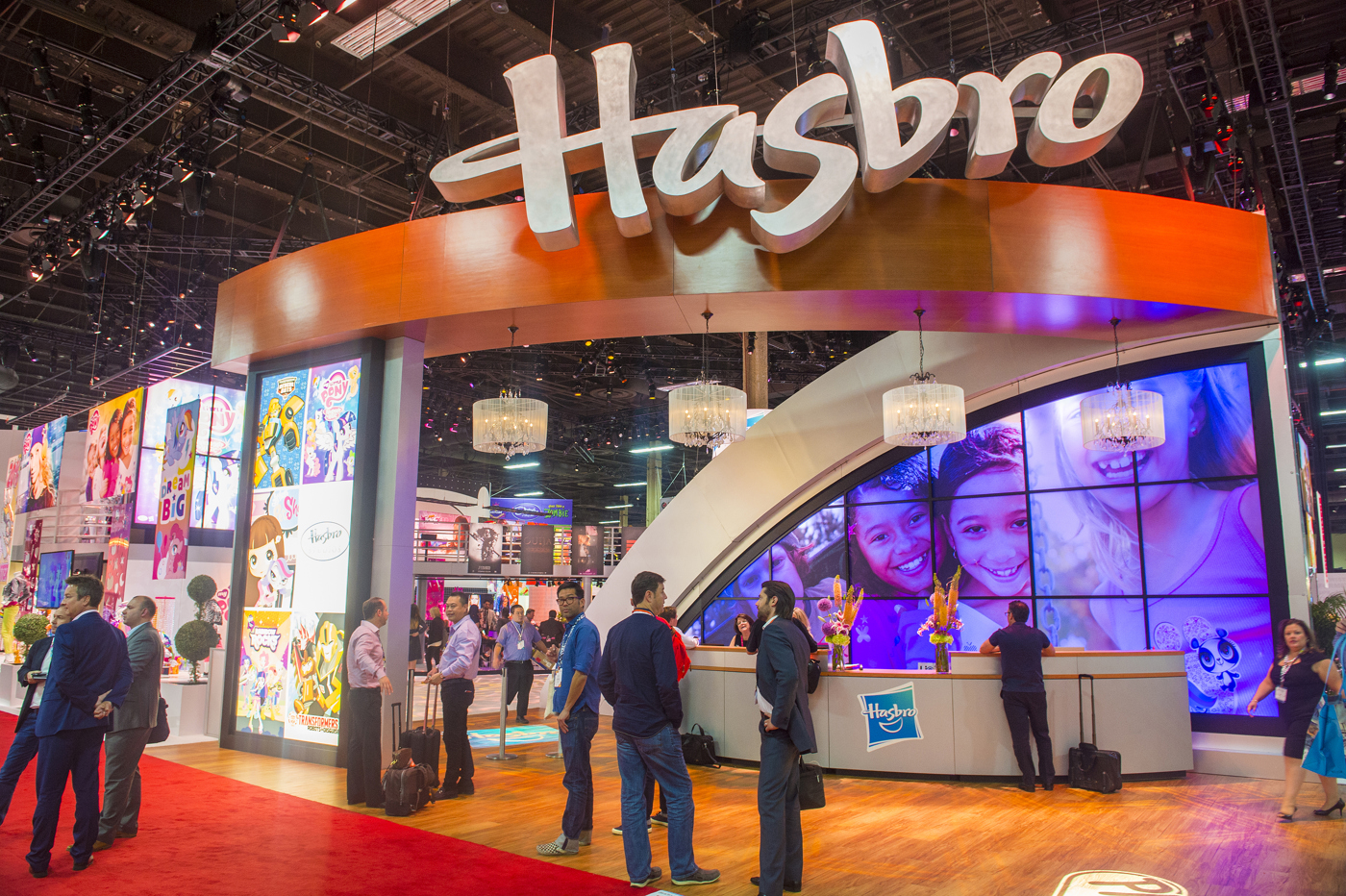
The toy name also posted a 41% drop in net income, though
The shares of Hasbro, Inc. (NASDAQ:HAS) are down 2.7% to trade at $94.67 this morning, despite the toy concern reporting better-than-expected fourth-quarter earnings of $1.27 per share -- well above Wall Street's estimates of $1.14 per share -- as well as a revenue beat. What's weighing the equity down instead is its net income, which fell 41%. Nonetheless, the firm attributed the earnings beat to strong demand for playing cards and board games during the pandemic, with "Monopoly" among its best sellers.
Digging deeper, Hasbro stock has been steadily climbing up the charts since dropping to a March 18, seven-year low of $41.33. The 80-day moving average has been a consistent source of support since May, leading the shares higher as it contained several pullbacks along the way. And while the security is now struggling with overhead pressure at the $102 mark, HAS added 37.8% in the past nine months.
Analysts are optimistic towards the equity, with seven of the 11 in coverage sporting a "strong buy" rating, while four say "hold." Plus, the 12-month consensus target price of $106.07 is a 12.2% premium to current levels.
An unwinding of pessimism in the options pits could create additional tailwinds for HAS. This is per the stock's Schaeffer's put/call open interest ratio (SOIR), which sits higher than 79% of readings in its annual range, suggesting short-term option players have rarely been more put-biased.
Drilling down to today's options activity, more than 1,300 calls and 700 puts have already crossed the tape, which is three times what is typically seen at this point. Most popular is the weekly 2/12 97-strike call, followed by the 100-strike call in the same series. Buyers of these options expect to see more upside for Hasbro stock by the end of the week, when contracts expire.
Now may be a good opportunity to weigh in on HAS' next move with options. The security's Schaeffer's Volatility Index (SVI) of 45% stands in the relatively low 22nd percentile of its annual range. In other words, the stock currently sports attractively priced premiums.